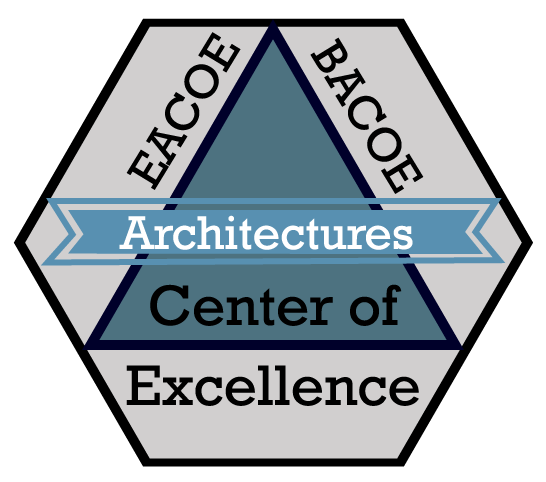Understanding Both Sides of AI's Use in Enterprise Architecture
The adoption of Artificial Intelligence (AI) to develop Enterprise Architectures (EA) is attempting to transform the field, but it comes at a cost: a noticeable decline in traditional EA competency and growing skepticism among stakeholders as to the worth of Enterprise Architecture. As organizations automate more of the architecture design and decision-making process, critical human skills - such as strategic alignment, stakeholder engagement, and creative problem-solving - are being sidelined, raising concerns about the long-term health of the Enterprise Architecture discipline.
Yet, paradoxically, this AI-driven shift makes human Enterprise Architecture skills more imperative than ever. The complexity of integrating AI with business strategy, ensuring data quality, and maintaining ethical governance cannot be addressed by automation alone. Human architects are needed to provide oversight, interpret AI-generated insights, recognize “hallucinations” – more accurately termed fabrications - and ensure that Enterprise Architectures remain aligned with organizational goals and stakeholder needs. These are capabilities that extend far beyond what exam-based certifications can measure. The movement to practitioner-focused Enterprise Architecture Certifications is accelerating, in part due to AI.
In this new era, Enterprise Architects must evolve to stakeholder-focused, strategic leaders and trusted advisors. They need to bring the understanding of “human-consumability” in Enterprise Architecture, business acumen, and cross-functional communication skills to the table - qualities that cannot be automated or reduced to rote exam-taking knowledge. The ability to question, synthesize, and innovate becomes a differentiator, not just for individual Enterprise Architects but for the organizations that understand that Enterprise Architecture can guide the organization in achieving organizational goals and digital transformation.
Stakeholder acceptance hinges on trust, transparency, and the ability to articulate the value and limitations of AI-generated or augmented Enterprise Architectures. Without strong human leadership and engagement, stakeholder resistance will grow, and the risk of misalignment with organization goals, or failed initiatives, will increase. Thus, as AI takes on a greater role in developing Enterprise Architectures, the demand for highly skilled, adaptable, and visionary human Enterprise Architects will only intensify. Their expertise is no longer just a nice-to-have - it is a strategic imperative for any organization seeking to thrive in an AI-driven world.
Categories
- Agility
- Architecture Models
- Architecture Views
- Artificial Intelligence
- Assemble to Order
- BTP
- Benefits
- Big Data
- Bill of Materials
- Book
- Business Architect
- Business Architecture
- Business Architecture Framework
- Business Architecture Participants
- Business Architecture Tools
- Business Capability
- Capabilities
- Capability Ability
- Certification
- Certification Levels
- Certification Mistakes
- Change Management
- Checklist
- Cloud
- Cloud Decommission
- Coding
- Communication
- Competition
- Complexity
- Confirmation Bias
- Consulting
- Cybersecurity
- Data
- Data Architecture
- Data Lake
- Data Modeling
- Data Sludge
- Data Swamp
- Differentiators
- Digital Transformation
- Distance Learning
- Enterprise Architect
- Enterprise Architecture
- Enterprise Architecture Framework
- Enterprise Architecture Participants
- Enterprise Architecture Tools
- Evaluation Checklist
- Evaluation Criteria
- Event Model
- Experiences needed


